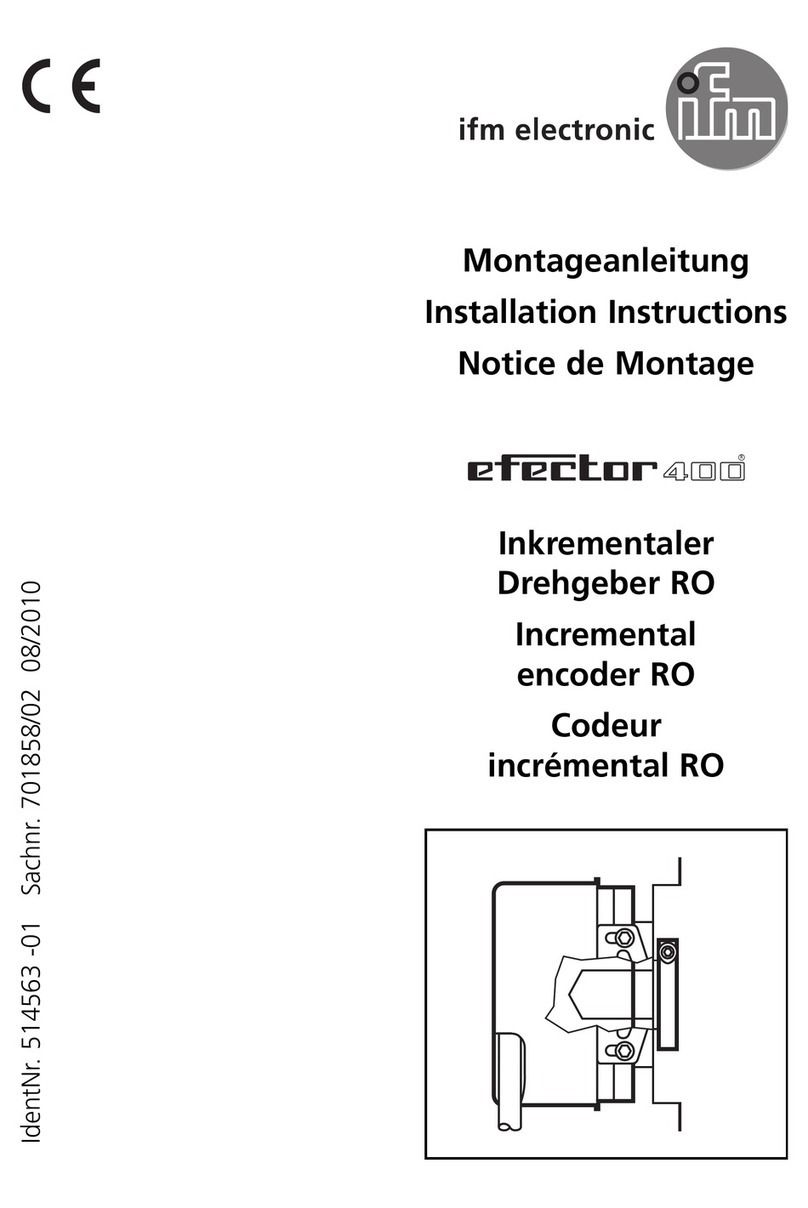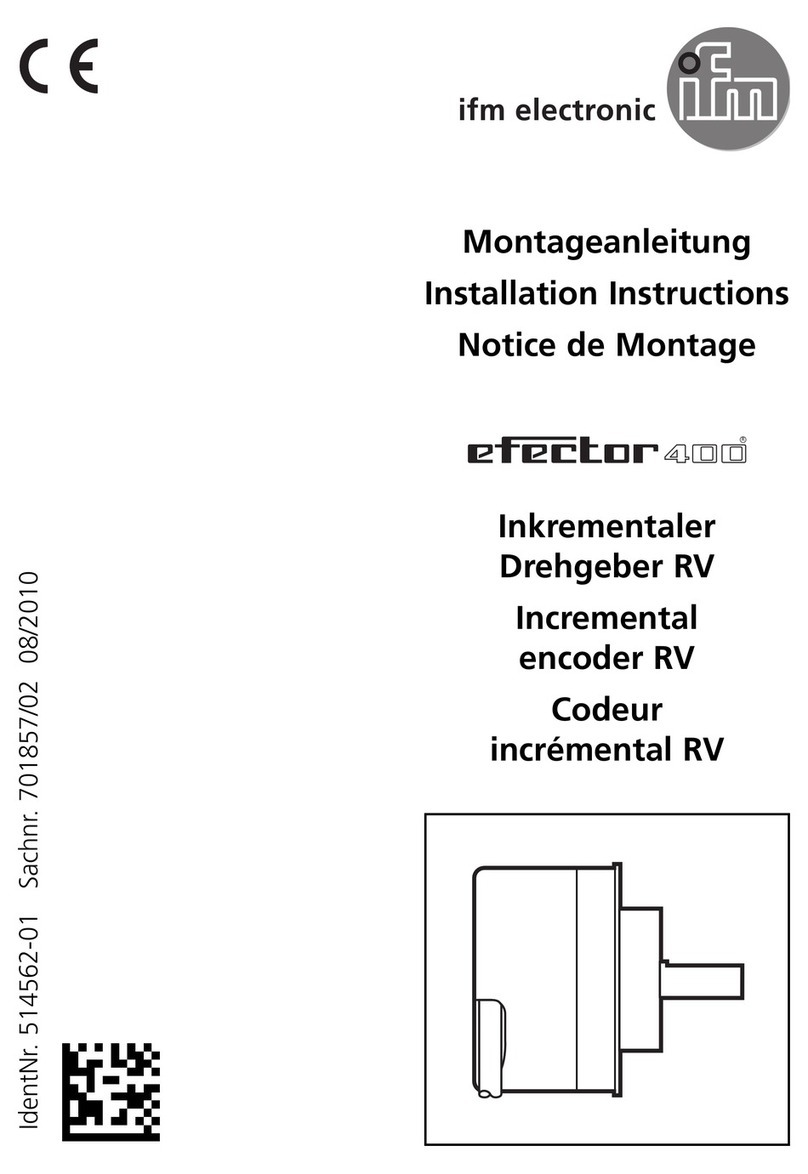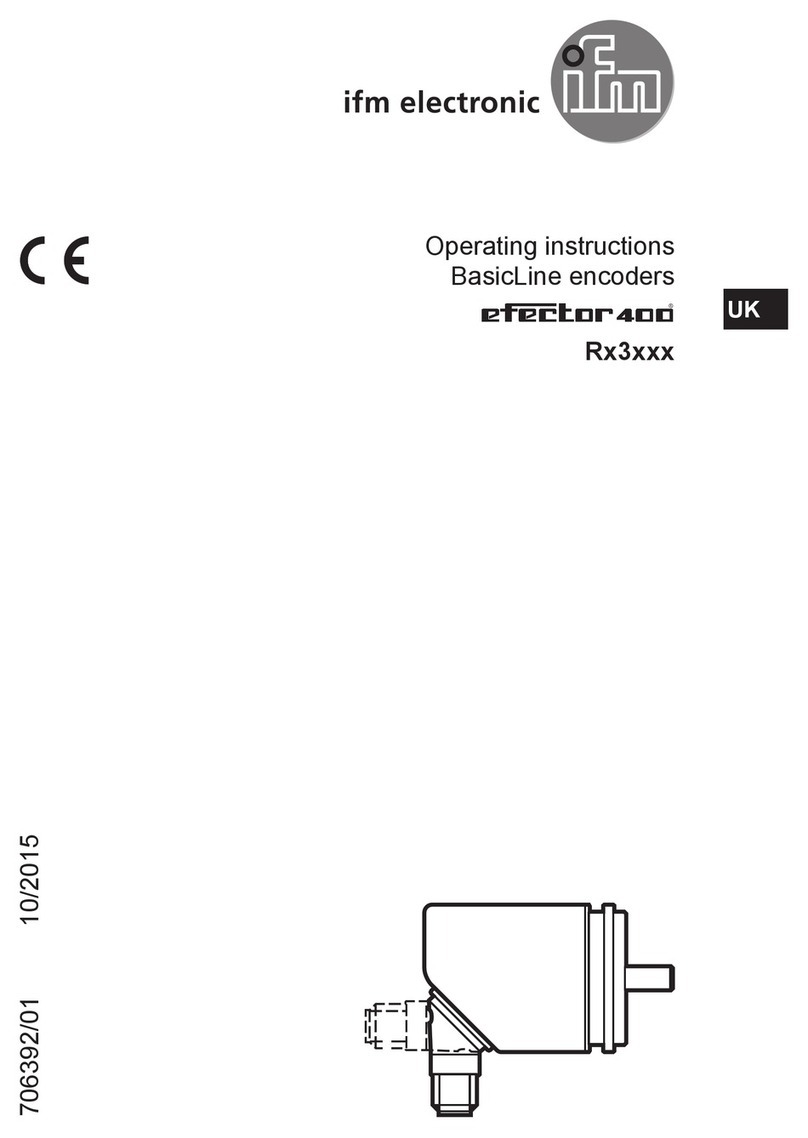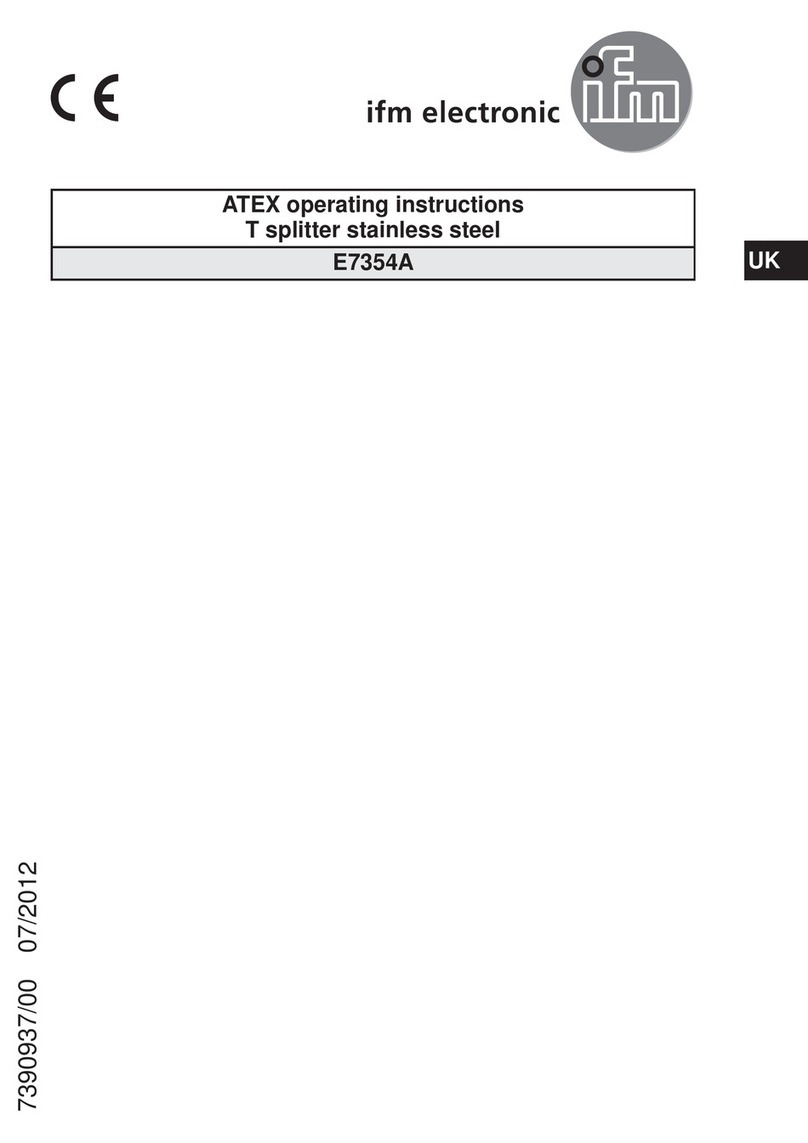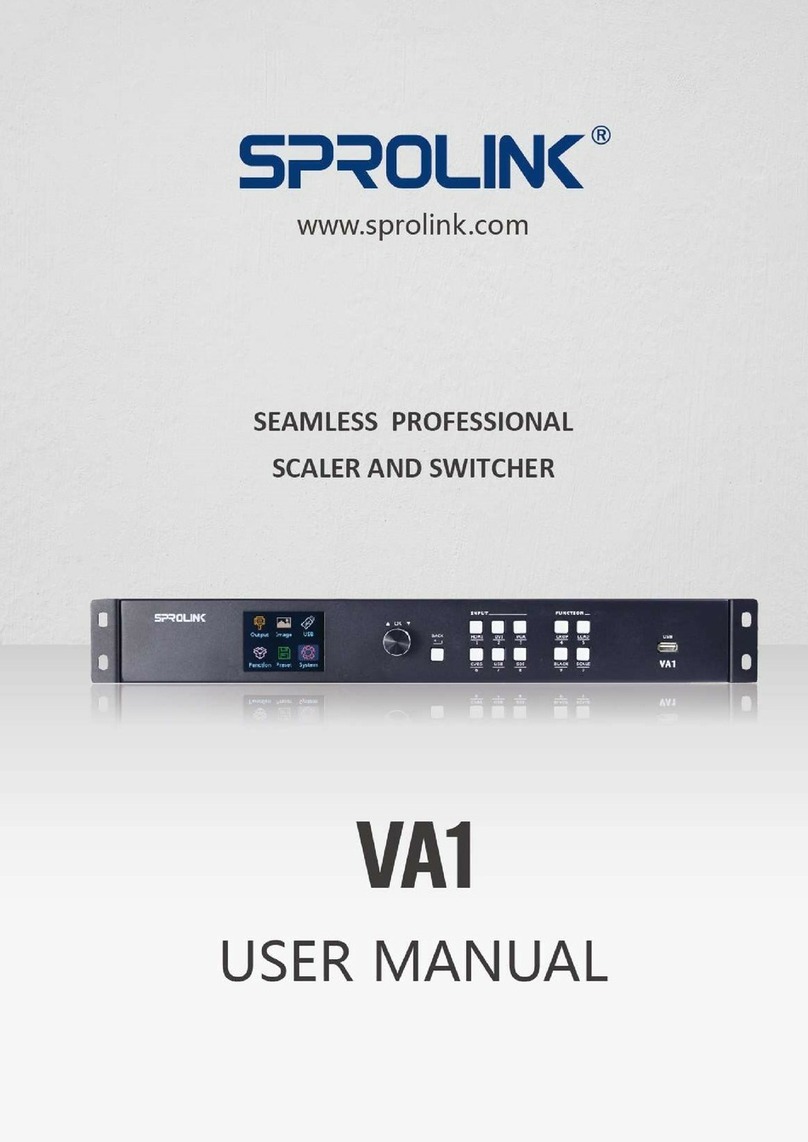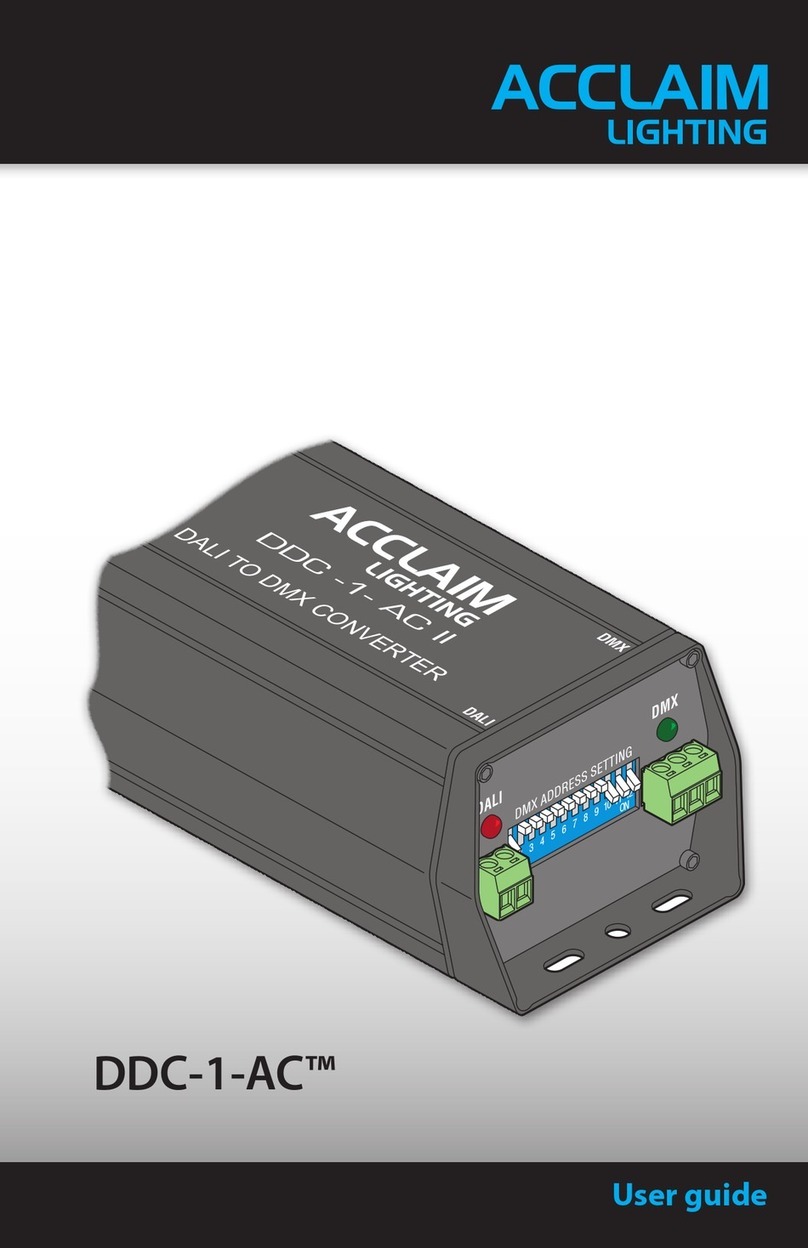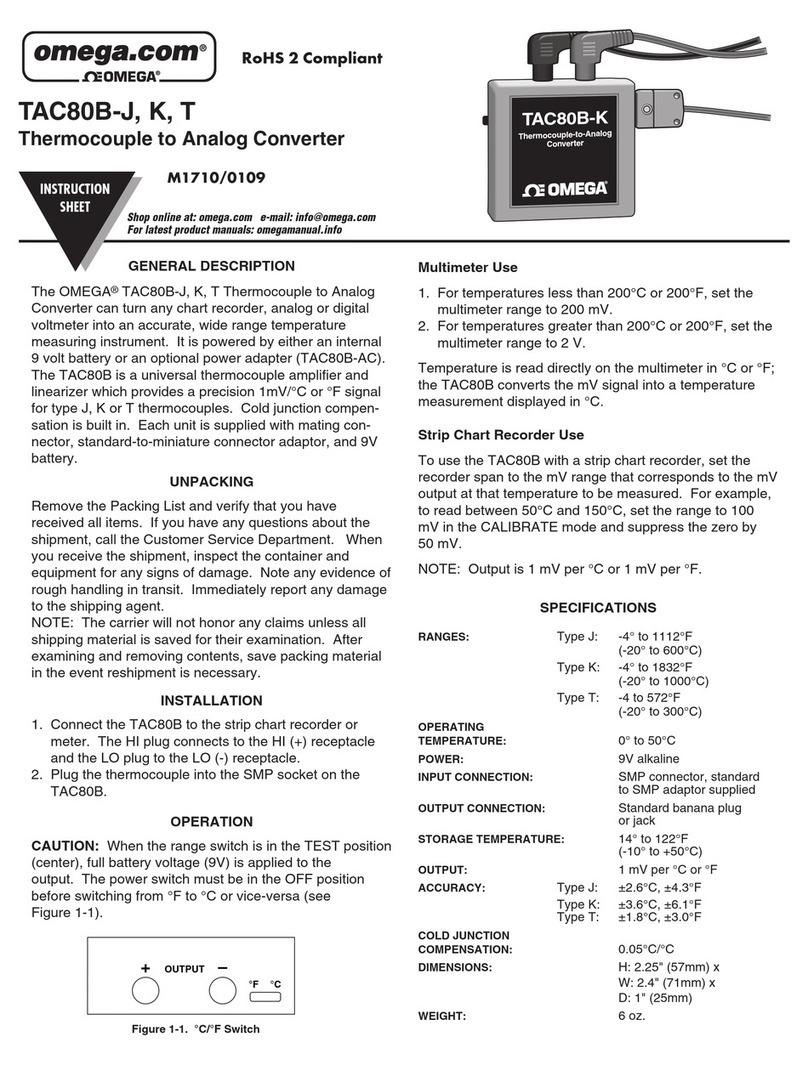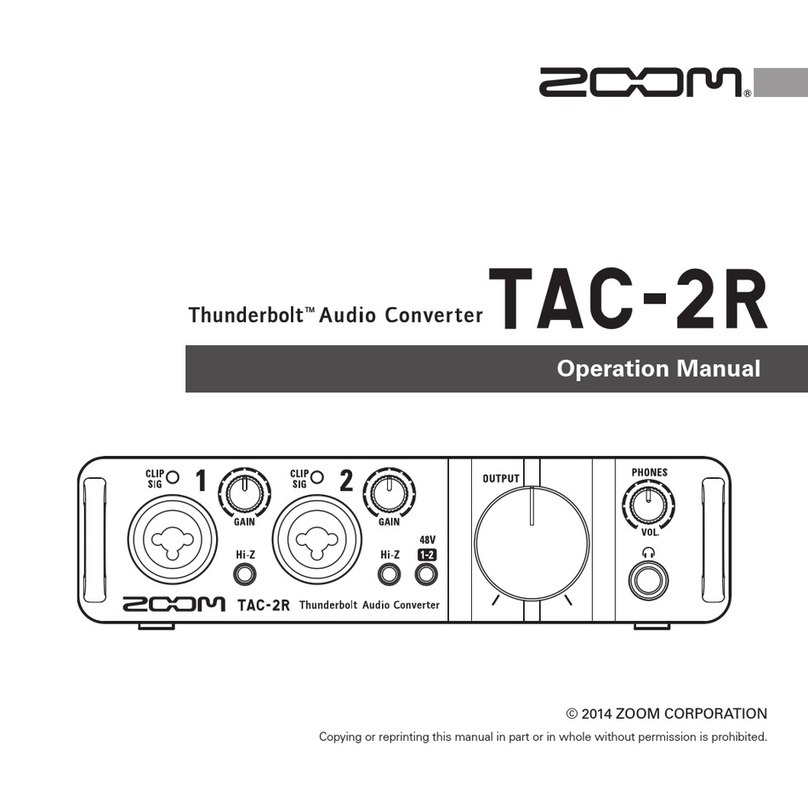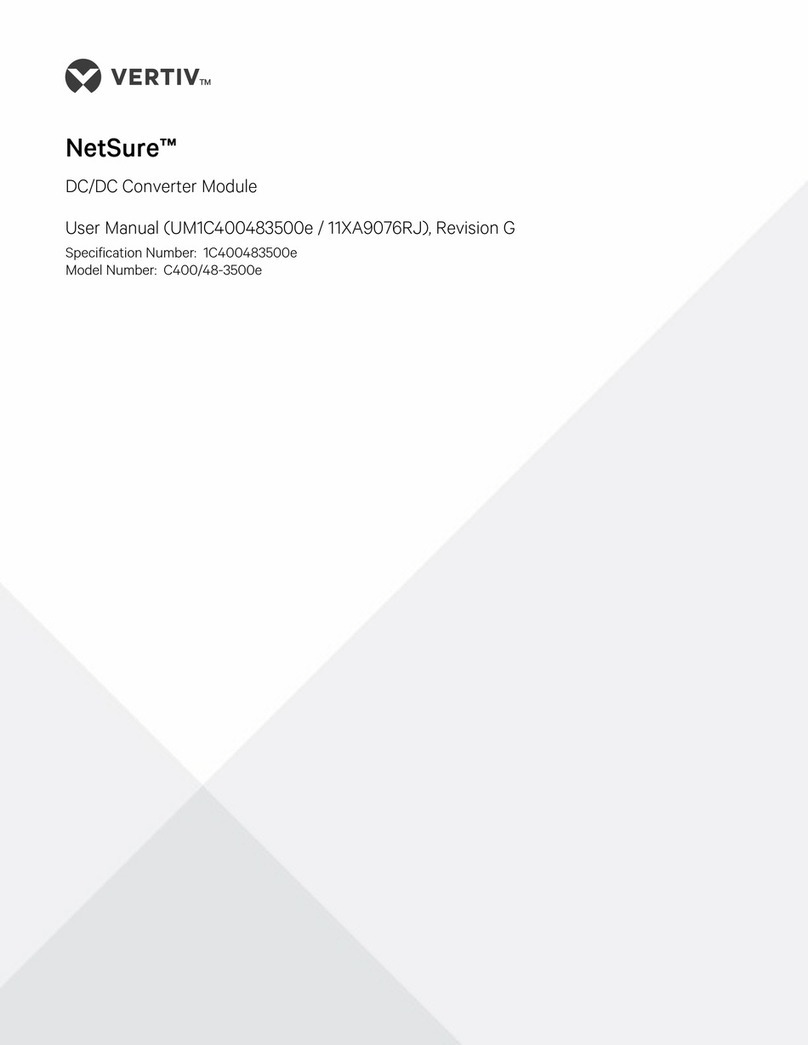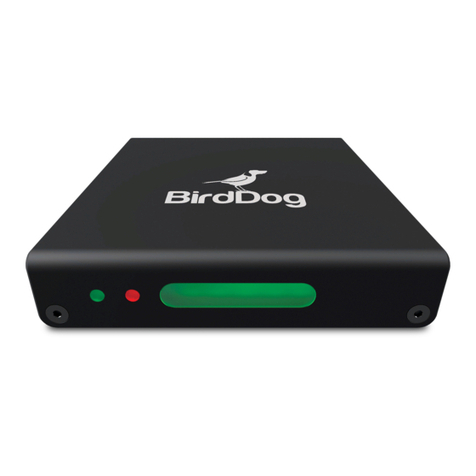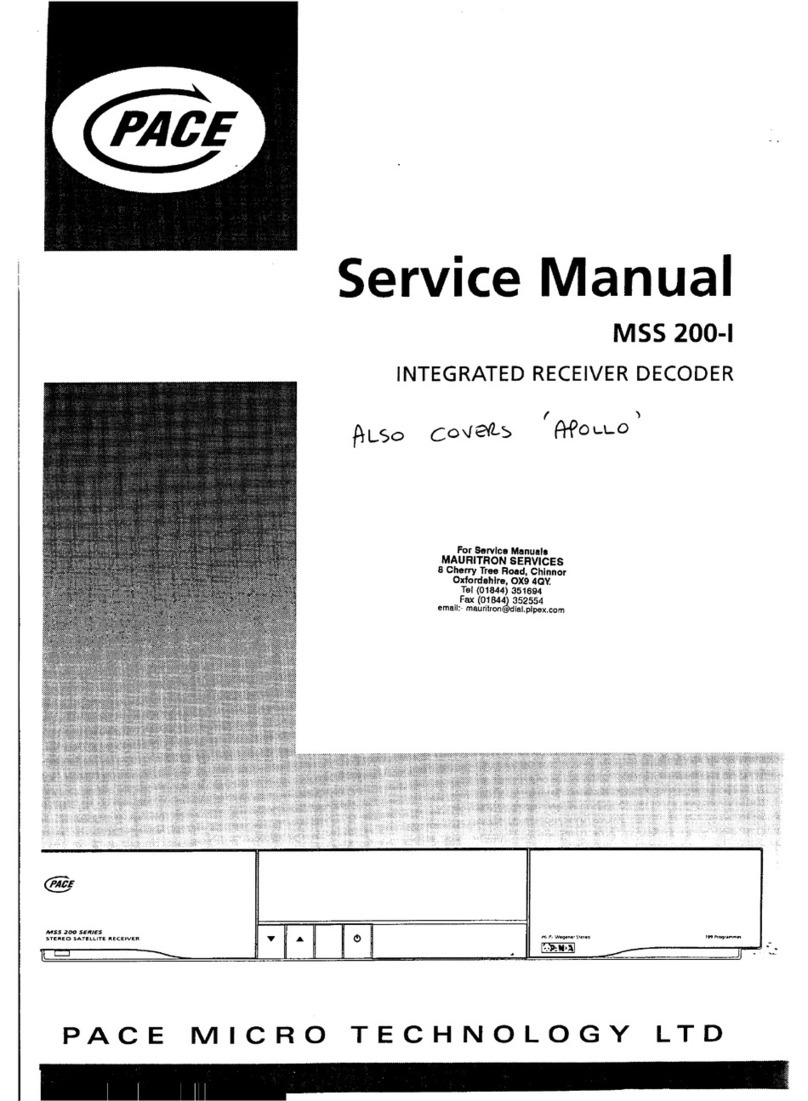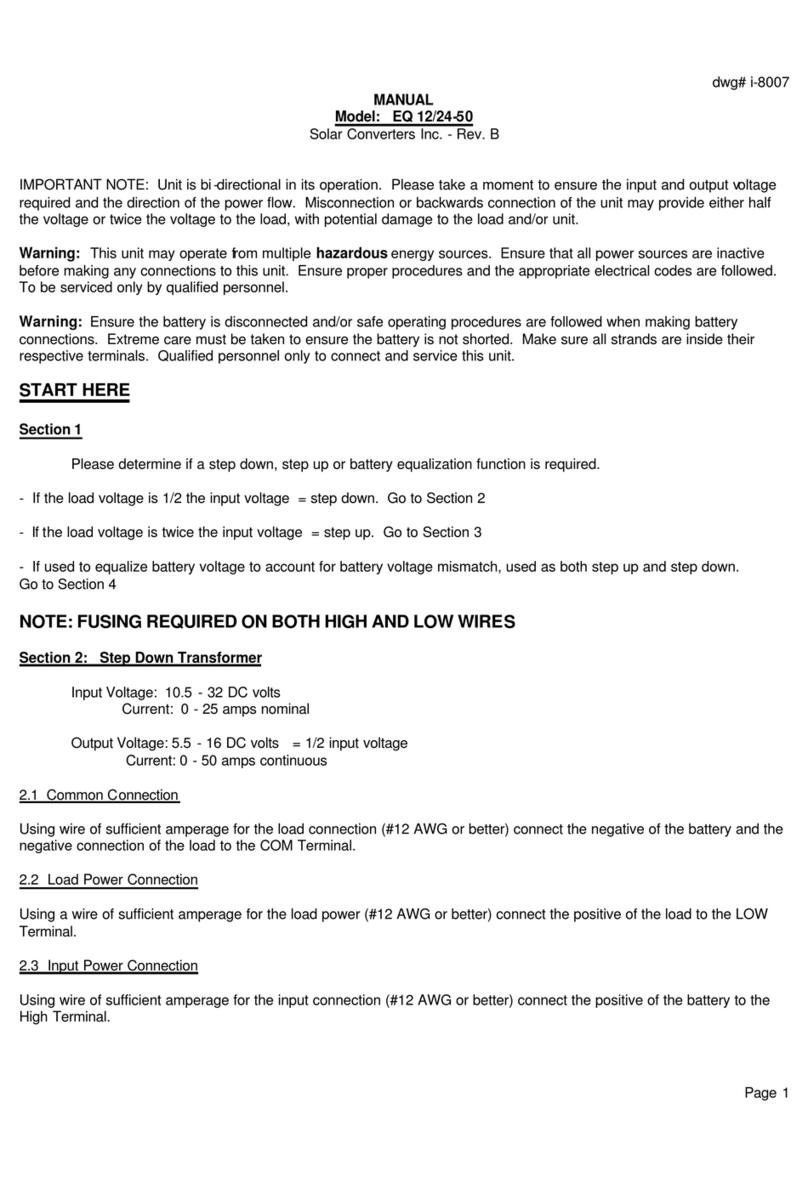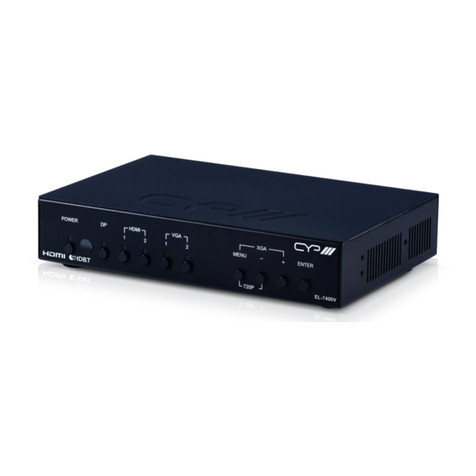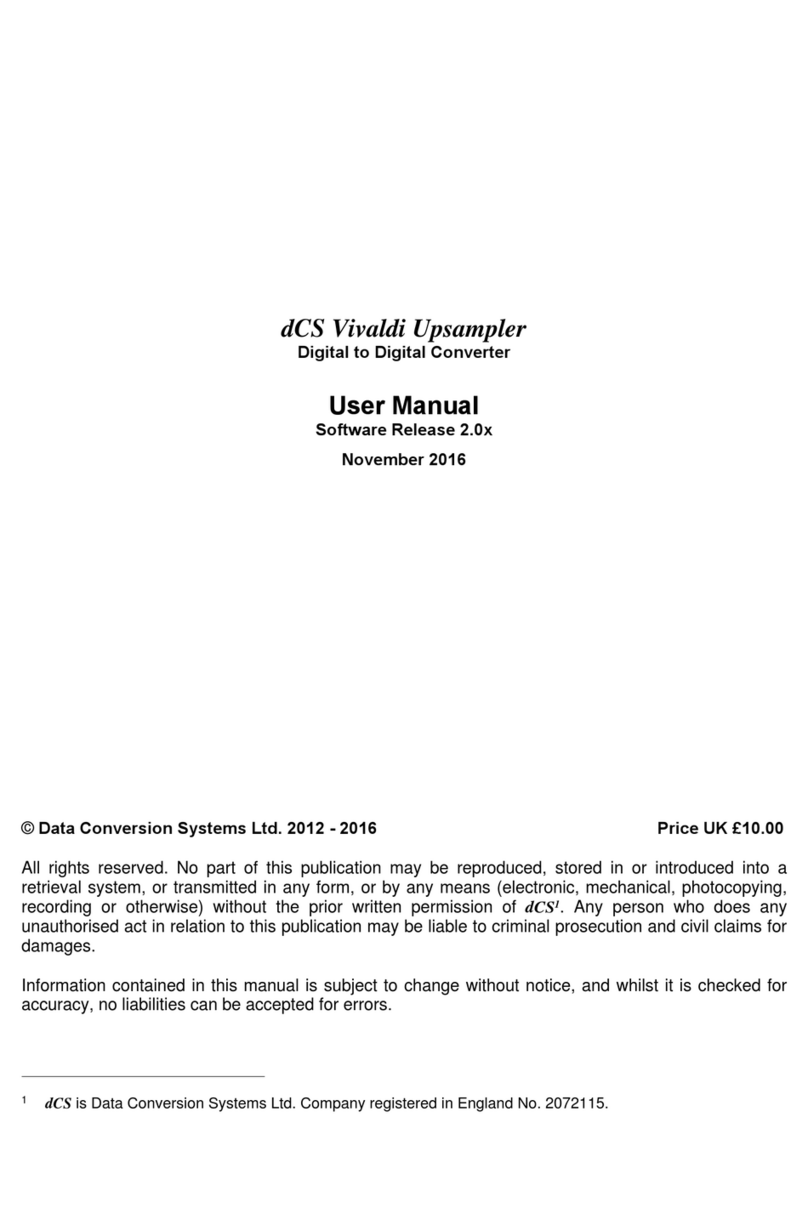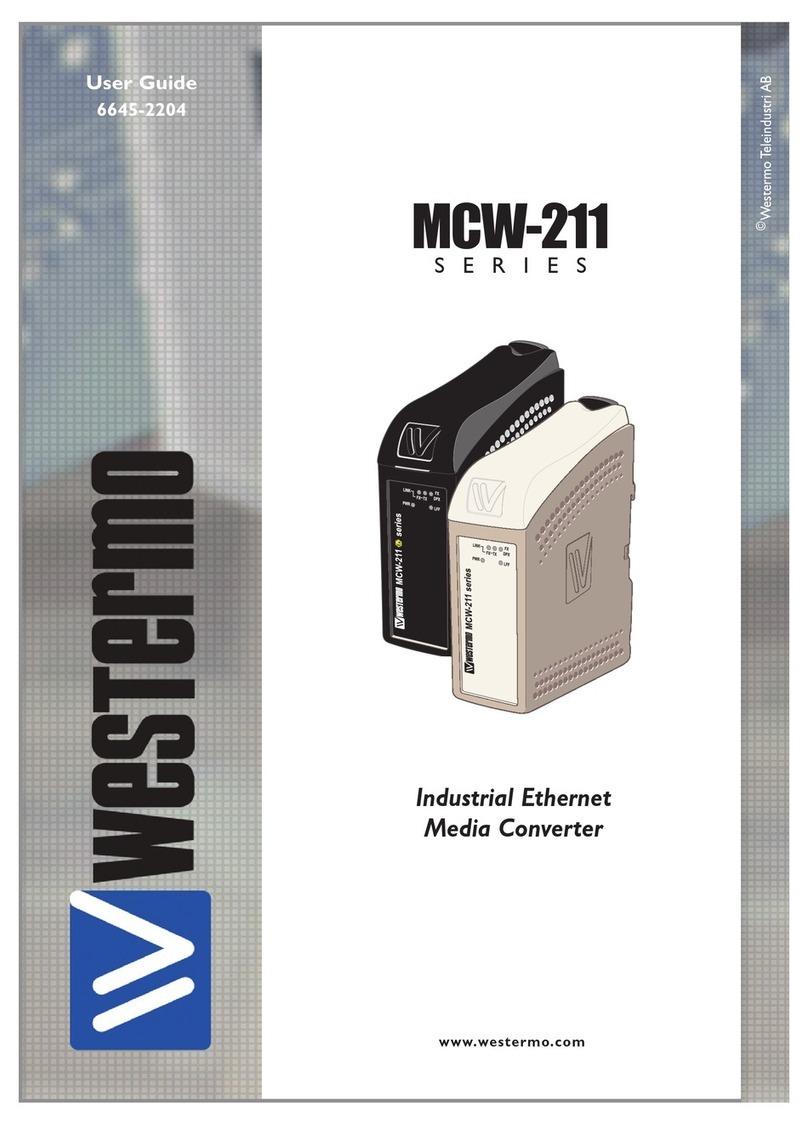Encoder with ProfiNet interface
2
Contents
1 Preliminary note � � � � � � � � � � � � � � � � � � � � � � � � � � � � � � � � � � � � � � � � � � � � � � � � � 4
1�1 Symbols used� � � � � � � � � � � � � � � � � � � � � � � � � � � � � � � � � � � � � � � � � � � � � � � 4
1�2 Warning signs used � � � � � � � � � � � � � � � � � � � � � � � � � � � � � � � � � � � � � � � � � � 4
1�3 Notes on this document � � � � � � � � � � � � � � � � � � � � � � � � � � � � � � � � � � � � � � � 4
2 Safety instructions � � � � � � � � � � � � � � � � � � � � � � � � � � � � � � � � � � � � � � � � � � � � � � � 4
3 General information � � � � � � � � � � � � � � � � � � � � � � � � � � � � � � � � � � � � � � � � � � � � � � 5
3�1 Absolute encoder � � � � � � � � � � � � � � � � � � � � � � � � � � � � � � � � � � � � � � � � � � � � 5
3�2 ProfiNet � � � � � � � � � � � � � � � � � � � � � � � � � � � � � � � � � � � � � � � � � � � � � � � � � � � 5
4 Functions and features � � � � � � � � � � � � � � � � � � � � � � � � � � � � � � � � � � � � � � � � � � � � 6
5 Electrical connection� � � � � � � � � � � � � � � � � � � � � � � � � � � � � � � � � � � � � � � � � � � � � � 6
5�1 Ethernet and power supply� � � � � � � � � � � � � � � � � � � � � � � � � � � � � � � � � � � � � 6
5�2 Ethernet cables � � � � � � � � � � � � � � � � � � � � � � � � � � � � � � � � � � � � � � � � � � � � � 7
5�2�1 RJ45 – M12 crossed � � � � � � � � � � � � � � � � � � � � � � � � � � � � � � � � � � � � � 7
5�2�2 RJ45 – M12 straight� � � � � � � � � � � � � � � � � � � � � � � � � � � � � � � � � � � � � � 7
5�2�3 M12 – M12 � � � � � � � � � � � � � � � � � � � � � � � � � � � � � � � � � � � � � � � � � � � � 7
6 LED indicators � � � � � � � � � � � � � � � � � � � � � � � � � � � � � � � � � � � � � � � � � � � � � � � � � � 7
6�1 Legend � � � � � � � � � � � � � � � � � � � � � � � � � � � � � � � � � � � � � � � � � � � � � � � � � � � � 7
6�2 Status LEDs � � � � � � � � � � � � � � � � � � � � � � � � � � � � � � � � � � � � � � � � � � � � � � � � 8
7 Installation� � � � � � � � � � � � � � � � � � � � � � � � � � � � � � � � � � � � � � � � � � � � � � � � � � � � � � 9
8 Device configuration � � � � � � � � � � � � � � � � � � � � � � � � � � � � � � � � � � � � � � � � � � � � � 10
8�1 Standardisation � � � � � � � � � � � � � � � � � � � � � � � � � � � � � � � � � � � � � � � � � � � � 10
8�2 Encoder classes � � � � � � � � � � � � � � � � � � � � � � � � � � � � � � � � � � � � � � � � � � � � 10
8�3 Encoder functions� � � � � � � � � � � � � � � � � � � � � � � � � � � � � � � � � � � � � � � � � � � 10
8�4 Signal list for cyclic data transmission � � � � � � � � � � � � � � � � � � � � � � � � � � � �11
8�4�1 Format of position value� � � � � � � � � � � � � � � � � � � � � � � � � � � � � � � � � � �11
8�4�2 Encoder control word (STW2_ENC) � � � � � � � � � � � � � � � � � � � � � � � � 13
8�4�3 Encoder status word (ZSW2_ENC) � � � � � � � � � � � � � � � � � � � � � � � � � 14
8�4�4 Encoder control word (G1_STW)� � � � � � � � � � � � � � � � � � � � � � � � � � � 14
8�4�5 Encoder status word (G1_ZSW) � � � � � � � � � � � � � � � � � � � � � � � � � � � 15
8�5 Standard and vendor telegrams � � � � � � � � � � � � � � � � � � � � � � � � � � � � � � � � 15
9 Configuration principle � � � � � � � � � � � � � � � � � � � � � � � � � � � � � � � � � � � � � � � � � � � 17
9�1 Overview of encoder functions � � � � � � � � � � � � � � � � � � � � � � � � � � � � � � � � � 17
9�2 Encoder functions – Data format � � � � � � � � � � � � � � � � � � � � � � � � � � � � � � � 17
9�3 Parameters for acyclic data transmission� � � � � � � � � � � � � � � � � � � � � � � � � 19
9�3�1 Standard parameters � � � � � � � � � � � � � � � � � � � � � � � � � � � � � � � � � � � � 20
9�3�2 Device parameters� � � � � � � � � � � � � � � � � � � � � � � � � � � � � � � � � � � � � � 20
9�3�3 Vendor parameters � � � � � � � � � � � � � � � � � � � � � � � � � � � � � � � � � � � � � 20
9�4 Supported parameters � � � � � � � � � � � � � � � � � � � � � � � � � � � � � � � � � � � � � � � 20
9�5 Encoder function description � � � � � � � � � � � � � � � � � � � � � � � � � � � � � � � � � � 22
9�5�1 Code sequence � � � � � � � � � � � � � � � � � � � � � � � � � � � � � � � � � � � � � � � � 23
9�5�2 Class 4 functionality � � � � � � � � � � � � � � � � � � � � � � � � � � � � � � � � � � � � � 23
